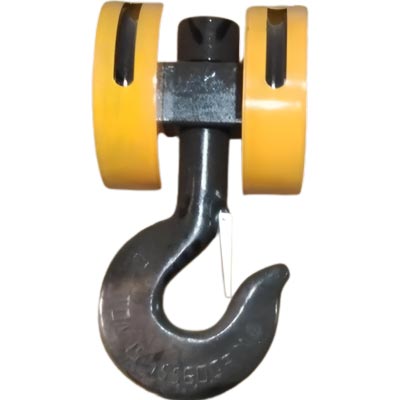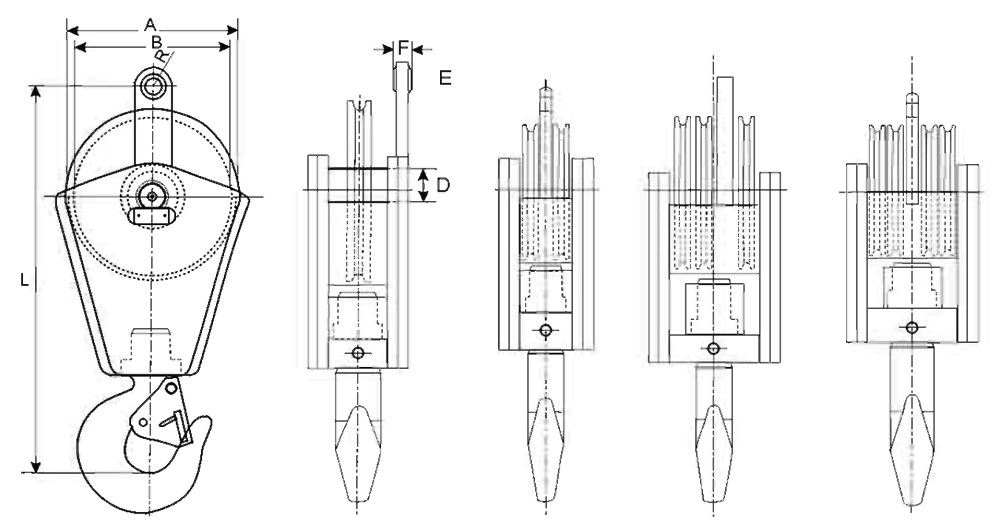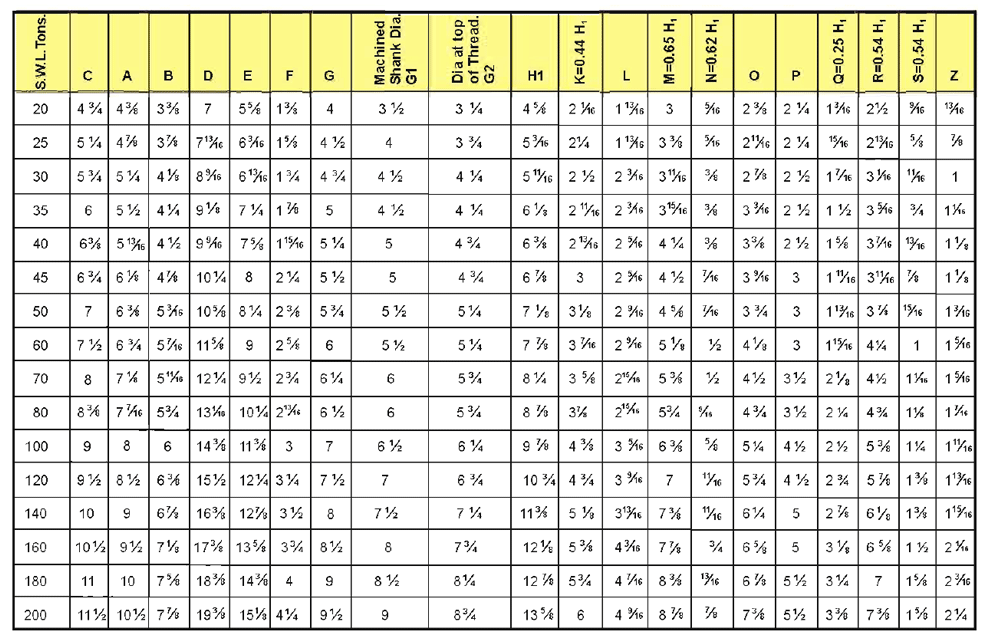HOOK Block
Hook blocks are essential components in crane lifting systems, used to guide and control the lifting cable or rope while suspending the load via a hook. They're engineered for safety, durability, and efficiency in heavy lifting operations such as construction, offshore, shipyards, mining, and steel manufacturing.
Specifications
Load Capacity
Standard capacities range from 5 tons to over 1000 tons. Specified as Safe Working Load (SWL) or Working Load Limit (WLL). Depends on the number of sheaves (pulleys), wire rope diameter, and crane configuration.
Number of Sheaves (Pulleys)
Usually from 1 to 8 sheaves, depending on lifting needs. More sheaves = better mechanical advantage but higher block size and weight.
Rope Diameter
Matches crane wire rope specifications (typically 16 mm to 80+ mm). Grooved sheaves to match rope diameter and prevent slippage
Hook Type
Integrated single or Ramshorn (double) hook, often DIN 15401/15402. Swiveling or fixed hook types
Bearing Types
Sealed roller bearings or bronze bushings in sheaves. Ensure smooth operation under load and reduce wear.
Construction Materials
High-strength fabricated steel frames. Forged alloy steel hooks and sheaves. Wear-resistant sheave linings (optional).

Key Features
Swiveling Hook
360° rotation under load, With or without a thrust bearing, depending on load rating.
Sheave Guard / Side Plates
Encloses the sheaves to prevent wire rope jump-off, Steel or cast-iron construction, often bolted or welded.
Rope Dead-End Fixture
Clamp or pin to secure the rope end, Includes rope anchoring system with safety features
Load Monitoring (Optional)
Integrated load cells or dynamometers for real-time load data, Supports crane overload protection systems
Weight Balancing
Balanced to maintain hook upright and prevent spinning, Some blocks include counterweights
Corrosion Protection
Galvanized, painted, or epoxy-coated surfaces, Offshore blocks may include marine-grade coatings
Identification Markings
SWL, serial number, hook number, and standard compliance, Usually engraved or name-plated

